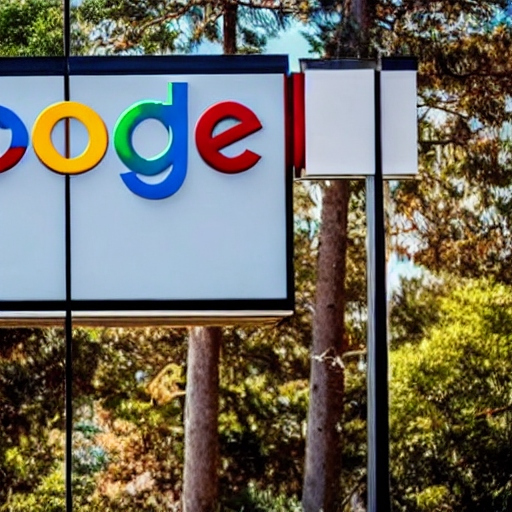There are no indicators that the flood of news about new generative AI products will stop: Following Anthropic’s introduction of Claude 2 and OpenAI’s expansion of Code Interpreter to include all ChatGPT Plus subscribers, Google is reclaiming the spotlight this week with two significant AI announcements. The first is a significant improvement to Bard, its large language model (LLM) offering, allowing users to upload photos for analysis by Bard. The second is the introduction of Google NotebookLM, a limited-access note-taking service driven by AI.
Bard goes global and visual
The updates to Bard come first. After OpenAI published ChatGPT in November 2022, it appeared for a while that Google was attempting to catch up with its AI efforts.
But the upcoming Google I/O conference in May 2023 altered everything, with CEO Sundar Pichai and other executives and presenters using the phrase “generative AI” more than 140 times throughout the keynote speech’s two hours, as if it were some sort of mystical incantation for achieving corporate success.
Unmistakably, the digital revolution that has swept Silicon Valley and the worldwide tech industry was being enthusiastically embraced by the search and web giant. Although Bard hasn’t surpassed ChatGPT’s user counts since being widely released at the same I/O event, it has been substantially growing recently, and the new upgrades unveiled today may help maintain that trend.
A number of brand-new capabilities for the language model are described in a Google blog post that was just posted by Amarnag Subramanya, Bard’s vice president of engineering, and Jack Krawczyk, the company’s product lead.
- The user prompts are supported in 40 languages, including Arabic, Chinese, German, Hindi, and Spanish, and are available throughout “most of the world.” Bard is now available in many additional places, including Europe and Brazil.
- Bard can respond in 40 different languages, which may be especially useful for mastering pronunciation.
- For the types of responses they want Bard to offer, users may now choose from five new modes: simple, long, short, professional, or casual. What’s the distinction? The search engine gives the following illustration: “You can ask Bard to help you write a marketplace listing for a vintage armchair, and then shorten the response using the drop-down.” For now, the feature is only available in English, but Google promises that other languages will be added later.
- Users may now bookmark and rename conversations with Bard, export Python code to Replit and Google Colab, share responses with their network via shareable links, and incorporate images in their prompts with the help of Google Lens integration, all of which have been introduced to increase productivity. Pinnable responses from Bard talks can be saved off to the left side of the interface window for later use, saving the user from having to scroll all the way up or all the way down to find them.
- Last but not least, in order to fulfil a promise made at I/O, Bard now incorporates Google Lens, the tech company’s image recognition software, enabling users to include photos in their prompts. Bard can help by analysing the submitted image if you need more details about it or help coming up with a caption. There are hopes to soon make this functionality available in additional languages, however as of the time of the blog post, it is only available in English. On Reddit, however, a user has already employed Bard to overcome a Google image CAPTCHA (“select all the squares with traffic lights”), which adds an intriguing twist to a world where the distinction between human beings and artificial intelligence is blurring more and more.
The future of note taking?
Another I/O announcement has advanced from internal use and development to restricted public access, Google also stated yesterday.
Google has changed the name of the service previously known as “Project Tailwind” to NotebookLM, which stands for “language model.” Re-inventing the time-honored practise of taking notes is a term that better describes the purpose of this service.
According to Google’s self-described “small” NotebookLM team, note-taking can be improved from the standard scribblings on paper or typing in the Apple Notes app by automatically analysing and finding connections among numerous disjointed notes and documents and summarising these in a clear, easy-to-read guide. In addition, NotebookLM may assist users in the creation of new material and provide conversational answers to user questions regarding their notes and documents.
Raiza Martin, a product manager at Google Labs, and Steven Johnson, the editorial director of Google Labs, explained the service in a blog post for Google. As they have been talking with students, professors, and knowledge workers, one of the most challenging tasks is synthesising facts and ideas from multiple sources, they wrote. Although you frequently have the sources you need, connecting them takes time.
Google has developed a “virtual research assistant” as a remedy to the issue, which is “grounded” or tailored to the user depending on the publications they choose. Examining these papers, NotebookLM creates a custom user guide that it then provides to the user. The user can then ask the service in a text-to-text prompting area resembling a Bard for more details about any specific topic or for original ideas based on the underlying content.
A medical student may upload a piece of neuroscience research and instruct NotebookLM to generate a dictionary of essential terms pertaining to dopamine, as stated in the Google blog post. Requests like “Summarize all the times Houdini and Conan Doyle interacted” could be uploaded by an author working on a biography.
Additionally, a content producer might contribute their ideas for new videos and request: “Generate a script for a short video on this topic.” This could be helpful for YouTube Creators and TikTok influencers.
Currently, NotebookLM is only available to those on a waitlist in the United States; if you live in the United States, you can register here.








